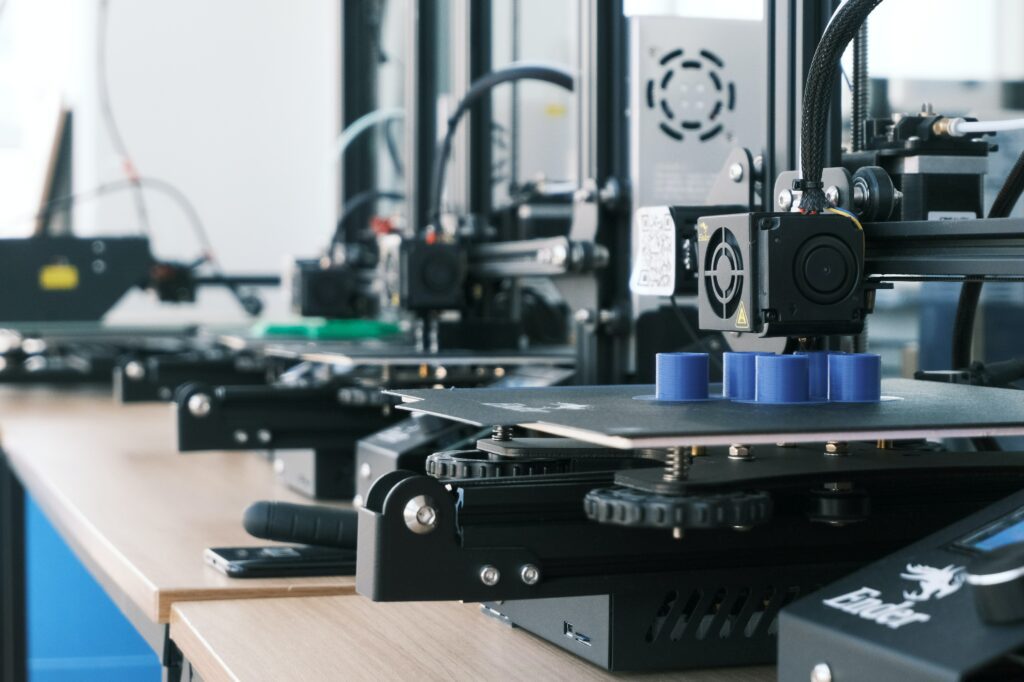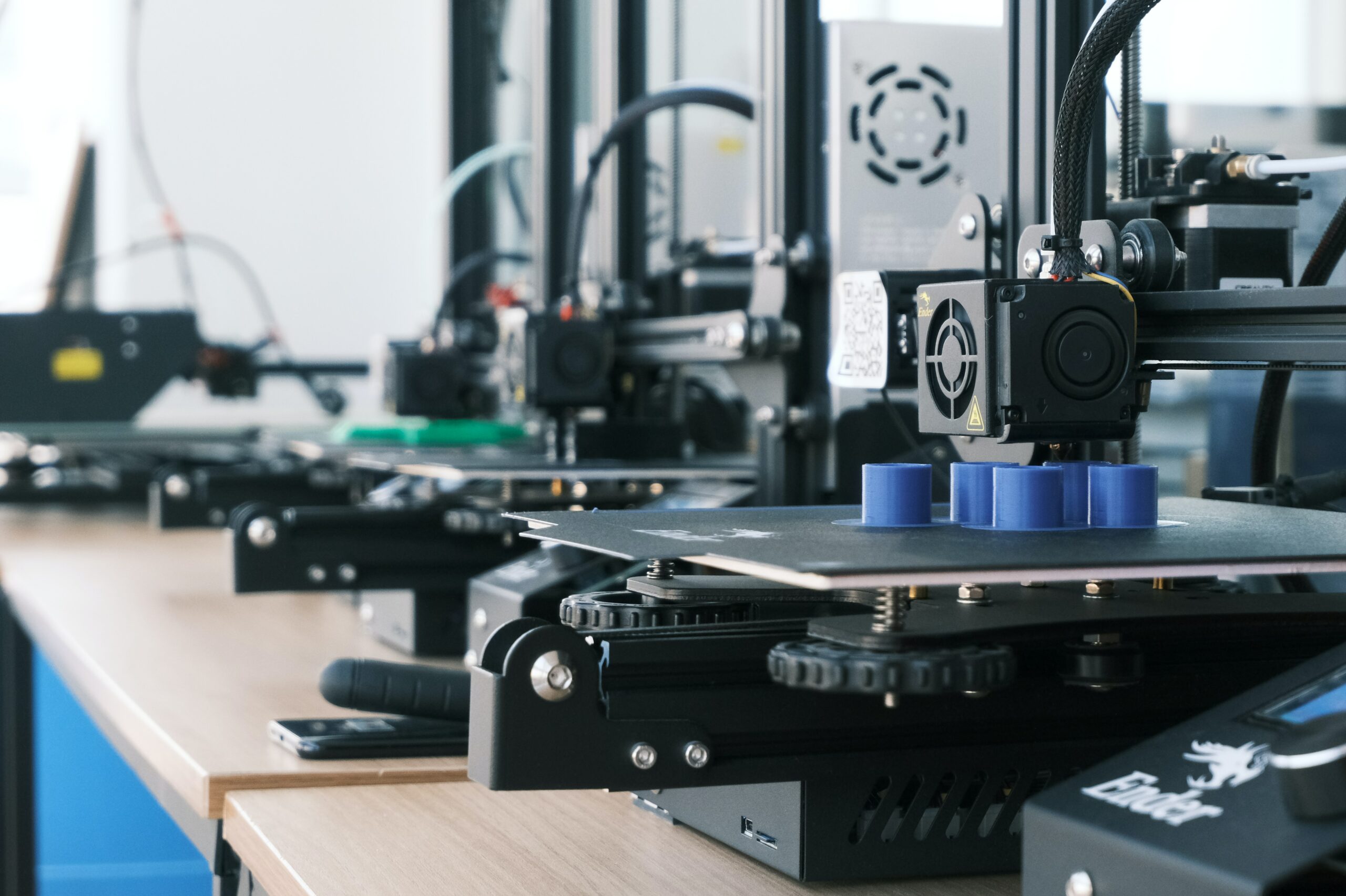
If you are running a business, then there are many resources you need to successfully run it. One of them is equipment. If you have a manufacturing business, you need machinery and equipment. Every business needs equipment that includes basic requirements like computers, printers, photocopiers, etc.
Equipment can be expensive, and you would probably be thinking of getting an equipment loan. There is a better option you can consider to get equipment – a line of credit. A business line of credit is a better solution for your needs than taking a loan.
You may have many questions like what is an equipment line of credit and how to get a line of credit on your equipment. This guide tells you all you want to know about getting a line of credit on your equipment. You can understand how to go about seamlessly getting a line of credit.
What is a line of credit?
A line of credit from a bank works just like a credit card. Just as you use your credit card to purchase without paying cash, you can use a line of credit similarly. It is a flexible type of loan that banks and financial institutions offer to their customers. It is very handy when you are short of money and don’t want to go through the cumbersome procedures involved in getting a loan.
When you take a line of credit, then you need to start paying interest on it. This is similar to a loan. The interest rate is generally variable and depends on market rates. The line of credit is advanced only to reliable customers. A bank would offer a line of credit if you have a good relationship with them and/or have a good credit rating.
Using a line of credit for equipment
Line of credit is commonly utilized by businesses to help finance their short-term needs. The line of credit would be a revolving loan that could be used for various purposes. Whether it is purchasing equipment or buying inventory, a line of credit is an important source of funds for businesses.
There are two types of business lines of credit:
- Secured
- Unsecured
It is important to know about these two types.
- Secured credit: A secured business line of credit (LOC) is just like a secured loan. When you take a loan, the loan will be secured against assets belonging to the business. This is an assurance for the lender, as they can monetize the assets if you fail to repay the loan. Generally, LOCs are not secured. But in some cases, lenders may ask for security or collateral in the form of inventory or accounts receivable. It is unlikely that capital assets would be asked as security for LOCs.
- Unsecured credit: If your business has a good credit rating, and you have a good relationship with the bank, you can get unsecured LOC. The bank is not going to ask for your assets as collateral before offering you credit. Lenders may charge a higher interest if the LOC is unsecured. You can also expect smaller credit lines with unsecured LOCs.
Why use a line of credit? Benefits and comparison
The principal reason why a business would use a line of credit is to get short-term funds. When you need money for any purpose, you would think of getting a loan. It is a known fact that to get a loan, you need to offer collateral. The loan terms depend on your credit rating and many other factors. The process is also time-consuming.
Since your requirement is not long-term, using a line of credit is a satisfactory solution for your needs. The line of credit works just like a loan but minus the complexities. A business that wants to manage its cash flow better can use unsecured credit lines. The credit is offered as debt (usually unsecured). Depending on the amount of credit, a lien or even a personal guarantee may be required.
Some of the benefits of an LOC are:
- It is a cost-effective way of raising short-term funds for your needs.
- Businesses experience a shortage of funds due to cyclical processes. You can use an LOC to make up for it.
- Repaying the LOC on time will ensure your credit is good and can get an LOC again when you need it.
- Repayment is fairly flexible.
- It helps you plan your cash flow and your business activities in a better way.
It is important to compare the LOC with other sources of financing. This comparison will help you understand how a line of credit works and whether you should go for it.
a) Line of credit vs. Loan
To buy equipment, you could either opt for a line of credit or apply for a loan. A comparison of these two options will help you make a decision easily.
- The key benefit of choosing LOC is the flexibility involved.
- There is no fixed amount for an LOC. While there would be a maximum limit of the credit you can use, there is no set amount. You can use whatever credit you want within the limit. A loan, on the other hand, has a set amount of money that you borrow.
- LOCs are open-ended credit accounts while loans are closed-ended credit accounts.
- You can repay LOCs as per your cash flow situation. You can repay the entire amount in one go or pay the minimum amount. This is not the case with loans. The loan would have a fixed amount to be paid each month. This amount is paid until the term of the loan concludes and you have repaid the loan. If you want to repay early, there may be additional charges to be paid.
- When you use a line of credit, if you have an additional need for funds you can always ask for more credit. As long as you are within your credit limit, you can use as many credit lines as possible. Once you take a loan, if you need more funds you need to apply for another loan.
- LOCs are essentially short-term in nature, though some lenders offer them for the medium term. Loans can be short-term and long-term. Loans are best suited for long-term needs.
- Getting a line of credit is easy as long as the bank is convinced about your creditworthiness. Getting a business loan is not so easy and involves many processes.
- LOCs can be secured or unsecured. Even if secured, your assets would not be used as collateral. Bank loans are always secured.
Getting an LOC – all you want to know
Having obtained all the information about getting a line of credit for equipment, you probably have decided to go ahead. The following information tells you all you need to know about how it works and how to get it.
1. When to get an LOC?
You can go for an LOC to meet your short-term capital needs to buy equipment for the business. Using an LOC in the off-season is an ideal way to generate funds. Once your business season starts and the money comes in, you can repay the credit.
2. How it works
You need to get in touch with your bank or a financial institution to open a line of credit. A maximum limit is fixed based on the lender’s assessment of your creditworthiness. This limit may be revised later. You can avail of the LOC when in need of it. You will need to pay interest on the amount used. Other fees like an annual fee or a transaction fee may be charged by the lender.
For small businesses, the LOC can work just like a credit card. Your lender may offer a credit card that you can use to access the credit. There could also be an option to write a check for this purpose.
3. Applying for the LOC
All banks offer a line of credit for their customers. There are other financial institutions too who would willing to offer credit. You need to apply with the required documents based on which the lender makes a decision.
- If you already have an ongoing relationship with the bank, not much additional documentation may be needed.
- For other lenders, you need to submit documents like:
- A copy of your business license.
- Tax return statements.
- Bank statements (3 to 6 months).
- Financial statements like profit and loss accounts, cash flow statements, etc.
The lender will offer credit if they are satisfied that you are a profitable company and can generate revenue to cover the credit.
Some things to know about LOC are:
- You must find out what other charges would be incurred like annual fees, transaction charges, or opening fees.
- Lenders may require that you reduce the balance to 0 and maintain it for a certain period of days every year (eg: 30 days).
- A lender has the right to ask you to make the payment immediately. This can happen during uncertain times.
- Proper planning will help you use the LOC effectively for your needs.
